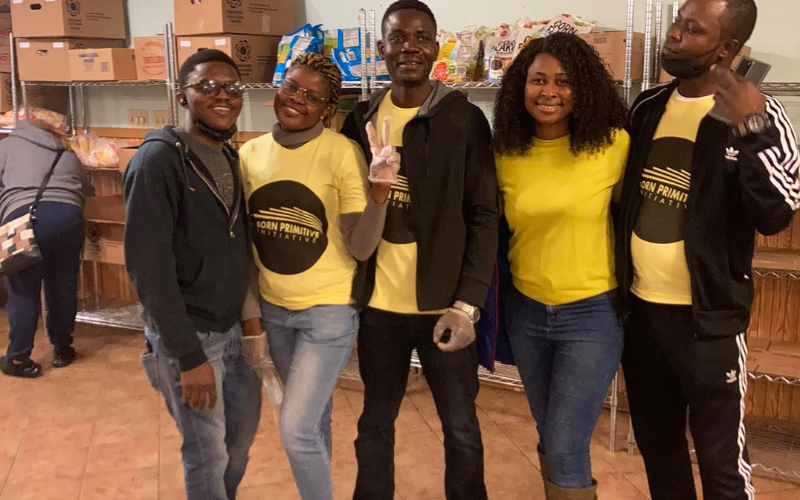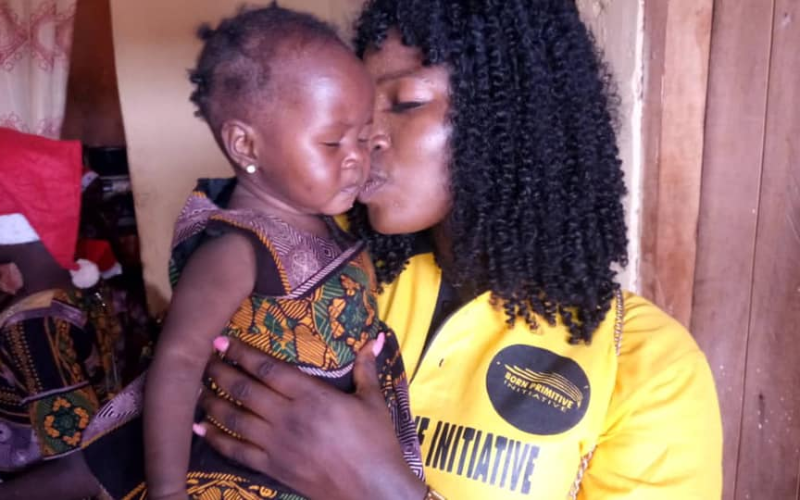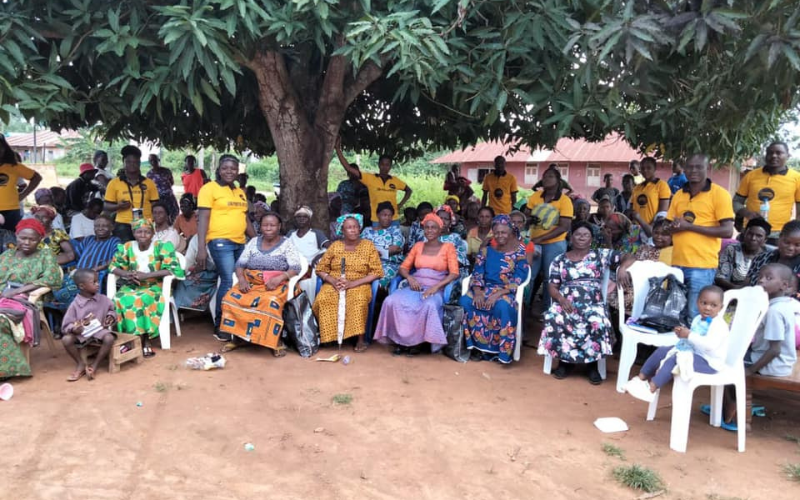Food insecurity remains a critical issue in the United States, impacting millions of individuals and families every year. Despite being one of the wealthiest nations in the world, over 34 million people, including more than 9 million children, face hunger in the U.S., according to recent data. In response to this growing crisis, communities, nonprofit organizations, and volunteers have come together to raise awareness and support through events like the **Hunger Walk**. The Hunger Walk has become a powerful movement in the fight against food insecurity, uniting people across the nation to make a meaningful impact in the lives of those who struggle to access nutritious food.
The Hunger Crisis in America
The issue of hunger in the U.S. is complex and far-reaching. It is not limited to any one group; food insecurity affects people from all walks of life, including low-income families, single parents, seniors, veterans, and even college students. Many families live paycheck to paycheck, and when an unexpected expense arises—such as a medical bill or car repair—food is often the first item to be cut from the budget. The COVID-19 pandemic only exacerbated this issue, pushing millions more into food insecurity as job losses and economic instability took their toll.
Food deserts, or areas with limited access to affordable and nutritious food, further complicate the issue. These areas, often found in both urban and rural regions, make it difficult for residents to purchase fresh, healthy food. The lack of access to good nutrition can lead to long-term health problems such as obesity, diabetes, and heart disease.
In the face of these challenges, the Hunger Walk serves as a vital initiative to raise both awareness and funds for food programs across the country.
The Hunger Walk: A National Movement
The **Hunger Walk** is an annual event organized by various hunger-relief organizations, food banks, and community groups. The goal is simple: to bring people together in a united effort to combat food insecurity by walking to raise awareness and financial support for hunger-relief programs. These events take place in cities across the U.S., attracting participants from all backgrounds—families, schools, businesses, and civic groups—all coming together to make a difference.
Each year, tens of thousands of participants join Hunger Walks in cities like Chicago, Atlanta, New York, and Los Angeles, among others. Walkers are often sponsored by friends, family, or businesses, and the funds raised go directly to local food banks and hunger-relief organizations. These funds help to stock food pantries, provide meals to those in need, and support long-term initiatives aimed at addressing the root causes of food insecurity.
Impact of the Hunger Walk
The impact of the Hunger Walk extends far beyond the immediate benefits of raising funds for food programs. By participating, walkers help shine a light on the issue of hunger in America, raising awareness in their communities and inspiring others to get involved. For many, the Hunger Walk serves as a way to take tangible action in the fight against hunger, showing solidarity with those who face food insecurity and creating a sense of community around a shared cause.
In addition to raising awareness, the funds collected through Hunger Walks have a direct and lasting impact on local communities. Every dollar raised is carefully allocated to programs that provide nutritious meals and groceries to those in need. In many cases, just one dollar can provide several meals to a hungry individual. The funds also support educational programs that teach families how to make healthy food choices, offer assistance with applying for food stamps, and provide job training to help individuals secure stable employment.
Uniting for a Common Cause
The Hunger Walk is more than just a fundraising event—it’s a powerful statement of compassion and unity. It brings together people from all walks of life, uniting them in the shared goal of ending hunger in America. Whether walking individually or as part of a team, participants in the Hunger Walk are making a clear and bold statement: hunger is not acceptable, and together, we can create change.
One of the most significant aspects of the Hunger Walk is its ability to engage people at the grassroots level. Schools, churches, and local businesses all play a key role in organizing teams, spreading the word, and supporting the cause. This sense of community involvement helps to build long-lasting connections and partnerships that continue to drive hunger-relief efforts long after the walk is over.
Conclusion
The Hunger Walk in the United States is a critical effort in the ongoing battle against food insecurity. By raising awareness, funds, and community support, this event has become a beacon of hope for millions who struggle to put food on the table. As participants lace up their shoes and take to the streets, they are not only walking to raise money—they are walking for change, walking for hope, and walking for a future where no one has to go hungry. Together, through the Hunger Walk and other initiatives, we can create a more just and equitable society where every person has access to the nutritious food they need to live healthy, fulfilling lives.





